[Cue: Star Wars theme music, black crawl]
A long time ago, in a state not too far away…
It is a period of environmental wars in the country. A brave alliance of freedom-fighting power companies has challenged the tyranny of the Climate Change Hysterics and the oppressive regulatory stranglehold of the evil GOVERNMENT EMPIRE.
Striking from a fortress hidden in the Birmingham foothills, rebel nuclear engineers dreamed of a cleaner, more reliable, enduring source of power for their growing base of consumers, and won a victory in their first battle with the Imperial Dream Destroyers. The EMPIRE fears that another defeat could bring demands for a thousand more reactors into the rebellion, and Imperial control over the galaxy would be lost forever.
To crush the rebellion once and for all, the GOVERNMENT EMPIRE is lying their butts off while concocting sinister new nuclear station regulation plans. Powerful enough to destroy an entire industry, their completion spells certain doom for the champions of energy freedom and independence.
The first new nuclear power plants planned in the United States in literally decades had their Early Site Permit (ESP) applied for in August of 2006. Southern Nuclear, a nuclear facility and technology firm that runs 6 nuclear units for Alabama and Georgia Power, wanted to expand their reactors from 2 to 4 at the Vogtle Electric Generating Plant in Burke County, Georgia.
…On March 31, 2008, Southern Nuclear announced that it had submitted an application for a COL, a process which would take at least 3 to 4 years.[27] On April 9, 2008, Georgia Power Company reached a contract agreement for two AP1000 reactors designed by Westinghouse; owned by Toshiba. Westinghouse partnered with the Shaw Group (Baton Rouge, LA) and its Stone & Webster division to manage the project with Westinghouse responsible for engineering, design, and overall management, and Shaw responsible for manufacturing the pre-fabricated component modules and managing the on-site construction.[28]
The contract represented the first agreement for new nuclear development in the United States since the Three Mile Island accident in 1979, and it received approval from the Georgia Public Service Commission on March 17, 2009.
In August 2009, the Nuclear Regulatory Commission (NRC) issued a site permit and limited authorization, so preliminary construction began.
And here we are, 14 years later. Where is “here,” exactly?
No power yet and a boatload of money down the tubes already…
Georgia Power Co. has again delayed the projected startup for two new units at its Vogtle nuclear power plant near Augusta, saying its share of the costs will rise by an additional $200 million.
Southern Co., the utility’s Atlanta-based parent, announced the delays and higher costs on Thursday as it announced its yearly corporate earnings for 2022.
Georgia Power says Unit 3 could now begin commercial operation in May or June, pushing back from the most recent deadline of the end of April. The company also now says Unit 4 will begin commercial operation sometime between this November and March 2024. The company previously has promised commercial operation of Unit 4 by the end of 2023 at the latest. When complete, the two units will be the first entirely new U.S. reactors in decades.
Georgia Power wrote off $201 million in additional costs on its earning statement, reflecting increased costs.
…not to mention the boatload fixin’ to come due.
…Southern said the latest delays would add $200 million to its share of the two-unit project, bringing its 47.5% share to $10.953 billion (or about $23 billion for the full project). Other owners include Oglethorpe Power Corp (30%), Municipal Electric Authority of Georgia (22.7%) and Dalton Utilities (1.6%). POWER magazine reported that “costs reported by MEAG in May last year suggested total spending for the expansion was close to $34 billion at the time.” Oglethorp, a large generation and transmission rural cooperative agency, has also said Southern has understated the Vogtle costs.
In 2009, Georgia Power announced the launch of the existing two-unit nuclear site with the two 1,117-MW Westinghouse reactors at an estimated cost of about $14 billion (with $6.5 billion from the U.S. Department of Energy), entering service in 2016 and 2017. The current tab has more than doubled well past $30 billion, with U.S. DOE in for $12 billion. More cost is accruing–and for no power to date.
Understandably, various factions are losing their minds over both the costs and the delays. The anti-nuke Green types are giddy with delight, as this somehow proves that nuclear is a non-starter without even addressing the glow-in-the-dark aspect. Ratepayers in Georgia and parts of Alabama and Florida are gulping at the thought of picking up the cost overruns for this monstrous boondoggle through surcharges already being applied and eventual rate hikes.
.
GEORGIA SNOOKEREDHere is the scam lower cost electricity from Georgia Power's Vogtle Venture "Surcharge Snooker" on the 2009 Georgia legislature.
https://t.co/ttors2fuUL pic.twitter.com/NKEwsPRSmf— Robert Searfoss (@Rleeatlga) February 20, 2023
The Department of Energy’s Office of Nuclear Energy puts out cheerful little charts about how wonderfully efficient nuclear energy is compared to every single last other thing…
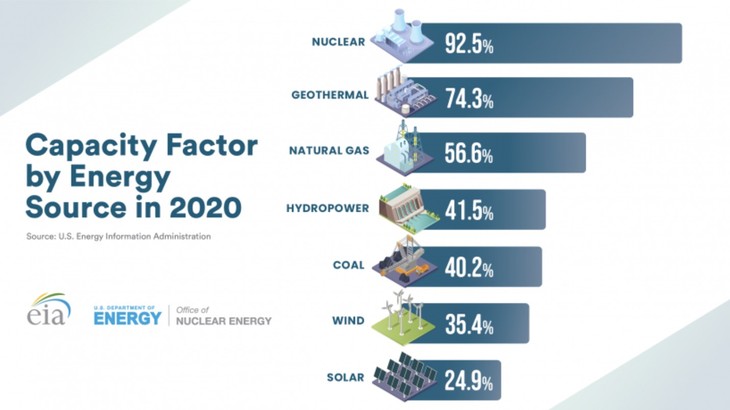
…but that doesn’t do a dang bit of good if you can’t get it built and so poison the well waiting that no one ever wants to try.
What happened at Vogtle, that it’s turned into such a Pit of Despair?
There were problems even with moving dirt. Of the 3.6M CY of earth moved initially, half of the backfill used on the site didn’t meet regulatory approval, and that caused a 6-month delay.
Part of the explanation is also Westinghouse’s bankruptcy smack in the middle of construction. They were the contractors for the reactors and using a new design they believed would make it “cheaper and safer” to build nuclear power plants. They were “aggressive” in both timetables and cost estimates.
The manufacturing facility where the reactor sections were to be made was operated by a sub-contractor in Lake Charles, LA, and sloppily so. Shoddy maintenance practices and slapdash record-keeping had the regulatory inspectors constantly crawling over the facility. In one instance alone, missing signatures delayed the delivery of a reactor section for 8 months.
…The approach – building pre-fabricated sections of the plants before sending them to the construction sites for assembly – was supposed to revolutionize the industry by making it cheaper and safer to build nuclear plants.
But Westinghouse miscalculated the time it would take, and the possible pitfalls involved, in rolling out its innovative AP1000 nuclear plants, according to a close examination by Reuters of the projects.
Those problems have led to an estimated $13 billion in cost overruns and left in doubt the future of the two plants, the one in Georgia and another in South Carolina.
Overwhelmed by the costs of construction, Westinghouse filed for bankruptcy on March 29, while its corporate parent, Japan’s Toshiba Corp, is close to financial ruin [L3N1HI4SD]. It has said that controls at Westinghouse were “insufficient.”
…Even though Westinghouse’s approach of pre-fabricated plants was untested, the company offered aggressive estimates of the cost and time it would take to build its AP1000 plants in order to win future business from U.S. utility companies. It also misjudged regulatory hurdles and used a construction company that lacked experience with the rigor and demands of nuclear work, according to state and federal regulators’ reports, bankruptcy filings and interviews with current and former employees.
Another problem was parts and trained people – construction, operators, parts specialists, etc. We don’t have a wealth of either available to call upon anymore – those brain trusts and American-made resources have been allowed to peter out. Here Westinghouse et al were going with something entirely new and there were few old, weathered, experienced hands to call on who could say, “You can’t do that because…” they’d seen it.
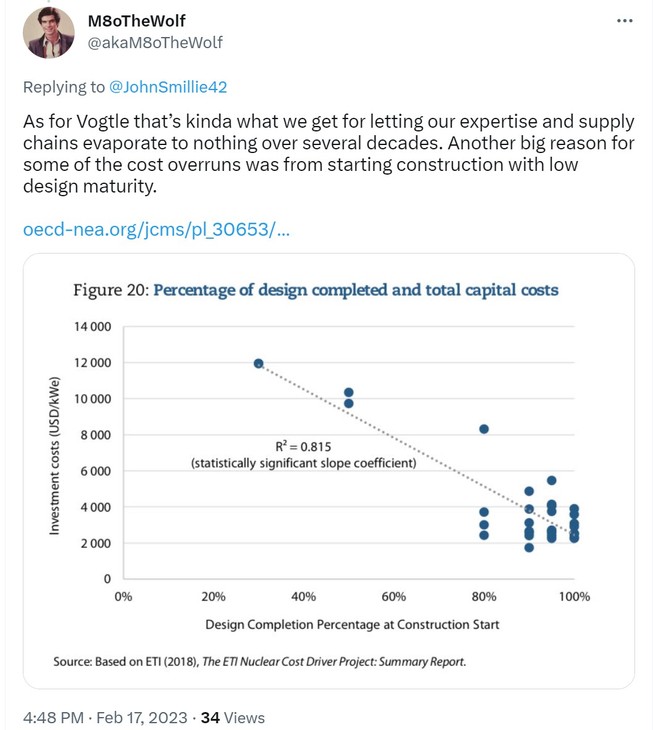
This was seat-of-your-pants stuff from the get-go, so of course there are bound to be burps.
But nothing, NOTHING, bollixed up the works on this project like?
The EMPIRE. Uncle Sam.
…In December 2011, a 19th revision was written for the AP1000 Design Certification, which effectively included a complete redesign of the containment building:
The wall is appropriately reinforced and sized where the composite wall module joins the reinforced concrete sections and as appropriate to accommodate seismic loads and aircraft loads. This design is new to the amendment; previously the structure was all reinforced concrete. [emphasis added]
As this change to the design requirements was made after engineering contracts were already signed and manufacturing had begun on the reactor’s long-lead-time components, it resulted in a halting of construction as the containment building had to be re-designed.
After five years of progress – parts design, site construction, etc. – everything went back to Square One. EVERYTHING.
…What that concession did not admit was the enormous financial and schedule impact of applying the rule to two existing projects for which designs were already certified, firm EPC (engineering, procurement, and construction) contracts were already signed, certified cost and schedule estimates were already submitted to state-level rate regulators, and long lead-time components were already being manufactured.
Instead of moving forward as planned, the Vogtle-3 & -4 and Summer-2 & -3 projects were halted while the engineers began the unpredictable process of designing a compliant shield building using modern, but not-yet-tested construction techniques.
From the moment the redesign effort started, all of the meticulously created schedules and cost estimates became obsolete. As they would say in my previous profession, they were OBE (overcome by events.)
Of course, neither the vendors, Westinghouse and Chicago Bridge & Iron (neé Shaw), nor the utility customers, Southern and SCANA, stopped moving or spending money; there was too much at stake already.
Even though all parties knew that they could not finalize the requirements for the plant’s foundations until the shield building redesign was invented, tested, completed, and approved by the regulator, they could not halt site preparation or component manufacturing.
They could not stop the accumulation of ongoing interest payments on borrowed money. They could not stop construction of the training facilities or the hiring and prequalification training for future operators.
To the Westinghouse engineering design team, the government rule changes seemed like one big circle jerk. “Sure,” said the Evil Empire, “You got the airplane thing done now, but we FORGOT ABOUT TORNADOES…”
…The NRC issued the new standard in 2009, seven years after Westinghouse had applied for approval of its design. The company, in bankruptcy court filings, said the NRC’s demand created unanticipated engineering challenges.
A spokesman for the NRC, Scott Burnell, said the changes should not have come as a surprise, since the agency had been talking about the stringent requirements for several years.
Westinghouse changed its design to protect against a jet crash, but at that point the NRC questioned whether the new design could withstand tornadoes and earthquakes.
Westinghouse finally met the requirements in 2011, according to a report by Jacobs.
YGTBFKM
That 19th revision was pretty much the nail in Westinghouse’s coffin and the coup de grace for any hope of being somewhere in the budget and time ballpark. When you slice more than five years of time and learning curve off of a project and have to do a complete redesign, recovering is dang near impossible.
The question can be legitimately asked if the government had to apply that revision to this project. The guidance in the rule itself says it wasn’t meant to be applied to projects that had already received construction permits before the effective date of the rule. Yet, they forced the Vogtle reactors to comply, and everything was downhill from there, from bankruptcy to skyrocketing costs, and delayed schedules for coming online.
There was another cost, as well. The chilling effect….
…Note: It’s worth mentioning that the shield building design that resulted from the intensive, time-consuming effort forced by the Aircraft Impact Assessment turned out to be somewhat easier to construct than the original design. With skilled fabricators and a good QA system, the shield blocks fitted together without significant rework or other issues.
Subsequent projects will benefit from this experience, but it was painful enough to help discourage new projects in the US.
…when we can least afford it.
They think it’s expensive now. Wait ’til the wind farm and solar types have their way.
In a grim little piece of humor, I’m assuming the Nuclear Energy Agency meant their guide here “Unlocking Reductions in the Construction Costs of Nuclear: A Practical Guide for Stakeholders” to be a helpful primer, filled with lessons learned and government wisdom gleaned from another’s pain.
They could have saved everyone time, money, heartburn, and energy if they’d just stayed out in space.
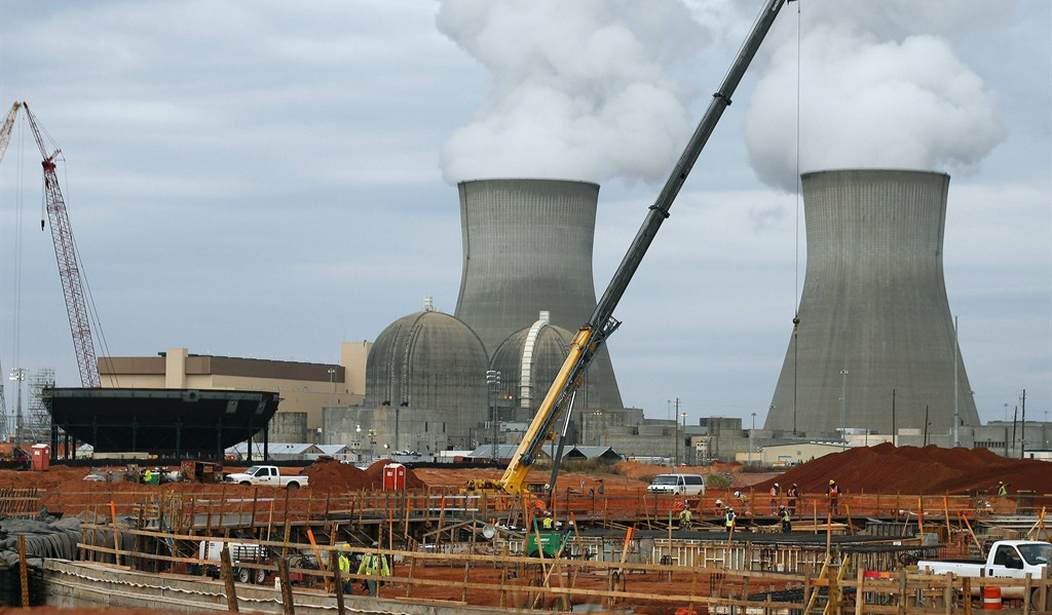
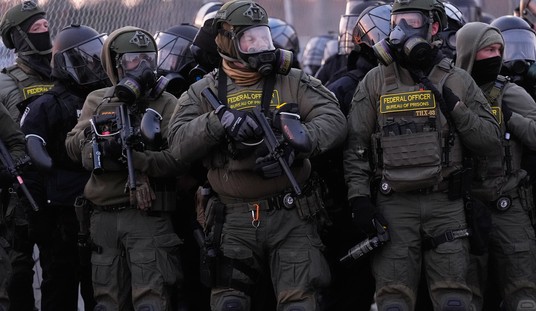
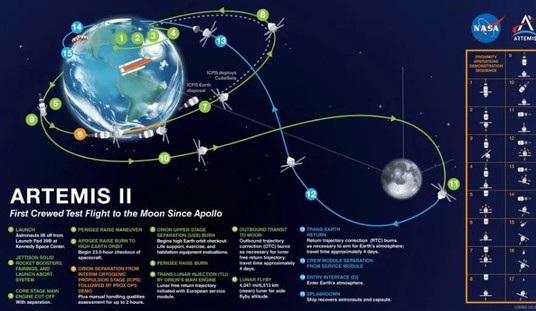



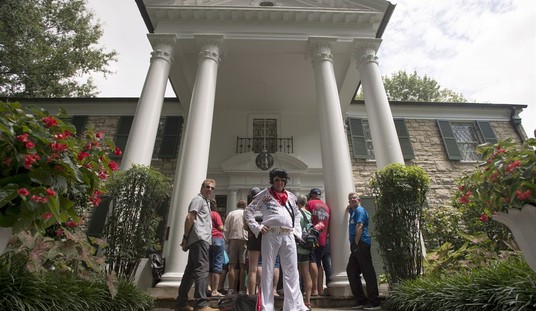
Join the conversation as a VIP Member